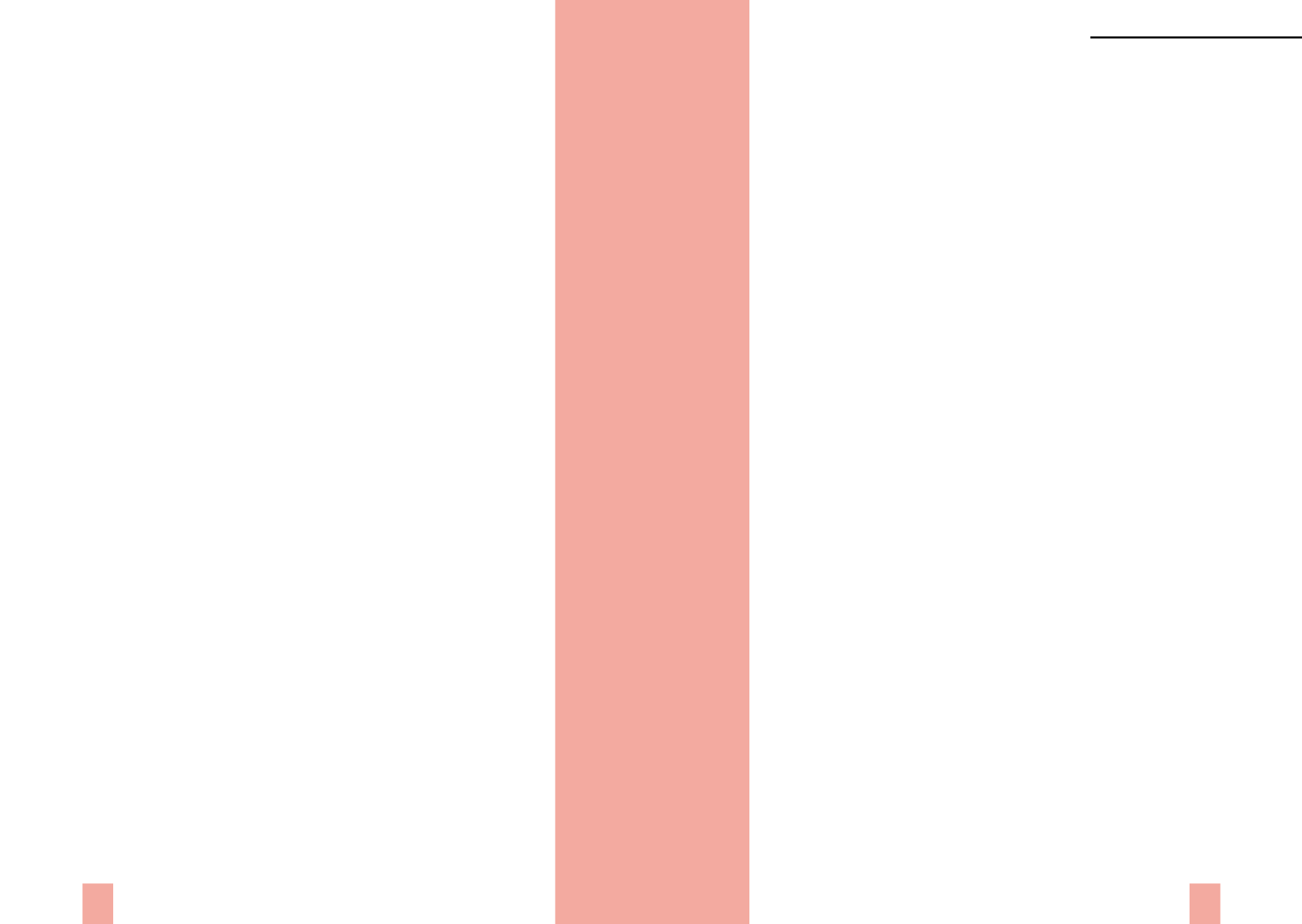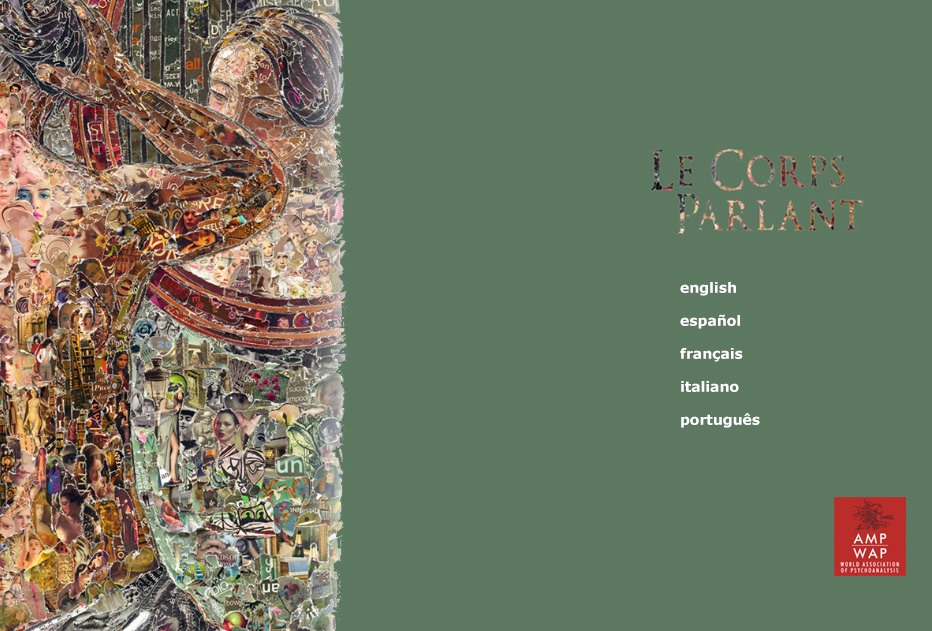

THE SPEAKING BODY
Xth Congress of the WAP,
Rio de Janeiro 2016
529
528
Bassols, Miquel.
Language as a Disorder of the Real
. Trans.: V.
Woollard [HB 10, 2013]
“Joyce’s experience of writing showed Lacan precisely that there are no language
disorders properly speaking, but that language itself is the disorder, a disorder
that in the best of cases can be turned into a
sinthome
, a singular way of enjoying
for the subject.”
p. 105
Carbonell, Neus.
Failed Encounters with Real
[LCE 2(13), 2014]
“An analysis begins, then, with a desire for truth, but in Lacan’s late teaching it
has to move towards the impossibility of truth and the insistence of jousissance.
The real of jouissance will not be completely taken by meaning. That is the real
in psychoanalytical experience. A real that, Lacan seems to suggest, has as an
outcome the satisfaction of the
sinthome
.”
p. 6
Guéguen, Pierre-Gilles.
New York, New York, Galaxy of the Ones All
Alone
[2011]. Trans.: N. Wülfing [PN 24, 2012]
“Steve McQueen throws a lucid gaze on the universe of ‘success’ that New
York symbolises. He shows that the identification with the mode of enjoyment
does not hold water when certain contingencies present themselves. He lets
us understand that to go without the father is not easy and that therefore only
the discourse of psychoanalysis permits one to make use of him in order to do
without him. This means finding through the identification with the sinthome
a less venturing tightening of the registers of the imaginary, real and symbolic.”
p. 113
Guéguen, Pierre-Gilles.
Who Is Mad and Who Is Not? On Differential
Diagnosis in Psychoanalysis
, [C/C 1, 2013]
“The Lacanian concept of sinthome refers to a mixture of imaginary and
symbolic that is the closest a subject can get to the ‘pieces of real’ to which he or
she is attached.”
p. 73–74
“It is also what is expected with neurotics: what can be called the satisfaction of
the end of analysis when the subject can finally accept the impossible and be at
peace with the final ‘This is what I am!’ When this is obtained, the sinthome, or
the ‘symptomatic remainder’ as Freud called it, will be the name of the part of
jouissance that the Name-of-the-Father had not been able to appease.”
p. 83
Guégu
e
n, Pierre-Gilles.
Note on the Treatment of the Symptom by the
Analytic Act
. Trans.: J.W. Stone [LI 43/44, 2014]
“Thus, the psychoanalyst is no longer the dupe either of truth or knowledge, but
he is not a
non-dupe
like the behavioral therapist. He is not a non-dupe because
he continues to bet on the resonances of speech. But they are no longer in the
service of deciphering and decrypting, but of the reduction of the symptom to
sinthome, of the direct incidence of the signifier on the body, which is also at
work in the conditioning, except that the analyst does not identify the body
with the patient’s being. The big difference is that the analyst does not believe
himself the master of knowledge, a belief that only ends with the subjugation
of the subject by suggestion. The analyst is not the master, yet he is lodged in
the logos, and he has to believe in it for the sinthome to have a chance of being
reduced. He has to believe in it in order to make himself a piece of trash starting
from the place of a semblant: the
object a
.”
p. 47
Ketraro-Deutsch, Einav.
Reading a Symptom Backwards: Attempting
a Workable Sinthome in Virginia Woolf ’s “The Voyage Out.”
[RT 7,
2014]
“Throughout her life, Virginia Woolf wanted to write as a painter would paint;
finding ‘new forms’ rather than new phrases. Virginia Woolf approaches space
in her texts as a prerequisite of writing; her spatial concerns are not simplistic
and not metaphorical, they are the textual outcome of an attempt at producing
a sinthome. Woolf ’s aim in
The Voyage Out
(1915) was to forge a sinthome for
herself by means of writing as a practice situated on the level of the real. ‘The
writing of little letters’ says Lacan, ‘is what supports the real’ and since Woolf ’s
problem is located in the imaginary and the symbolic, her solution is located in
writing which is the realm of the real.”
p. 159-160
“
The Voyage Out
marks Woolf ’s first attempt at a shape that would make ‘life
reasonable’ and writing possible. By suturing the narratives together so that
they would be ‘indistinguishable’, Woolf attempted a unity of structure that she
never achieves.
Lacking logic on the level of the narrative, the structure however, reveals a
distinct pattern of attempt and failure of a workable sinthome which makes
sense regardless of the order in which one is reading it.”
p. 167
Laurent, Éric.
Psychoanalytic treatments of the psychoses
[2003].
Trans.: T. Lachin, [PN 26, 2013]
“When Lacan says:
Joyce the symptom
, it is to say that, as sinthome, he is the
person who manages to identify with his effort to produce a new language in
Finnegans Wake. The Joycean operation on language is extremely strange. It no
longer has anything to do with the truth of the unconscious.”
p. 107
Authors of the Freudian Field



















